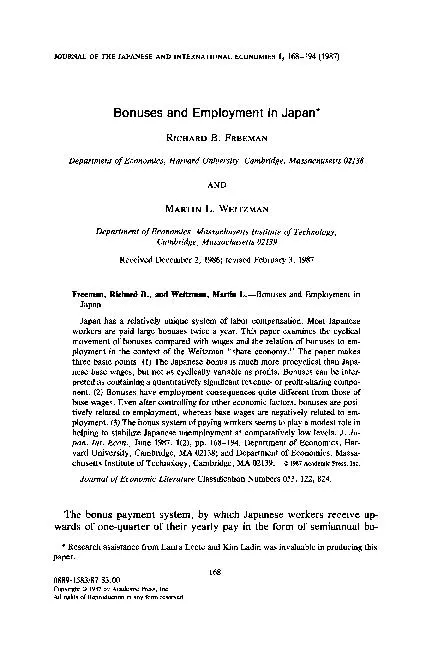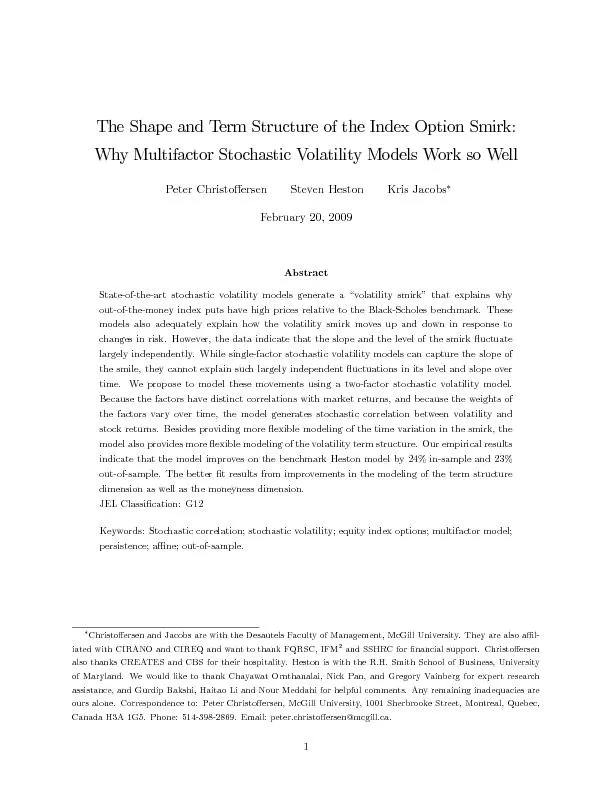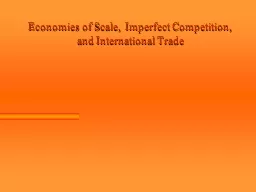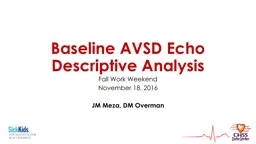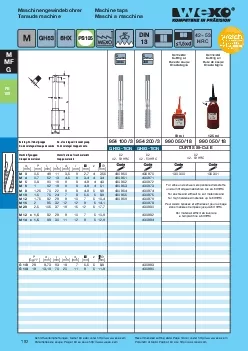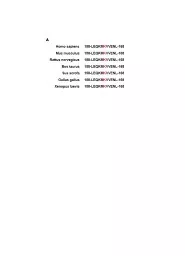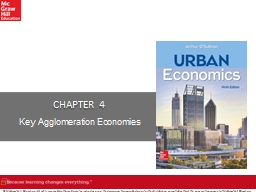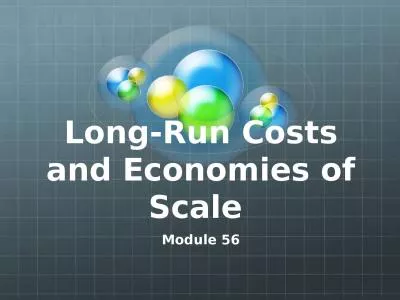PDF-JOURNAL OF THE JAPANESE AND INTERNATIONAL ECONOMIES 1, 168-194 (1987)
Author : danika-pritchard | Published Date : 2016-05-15
Bonuses and Employment in Japan RICHARD B FREEMAN Department of Economics Harvard University Cambridge Massachusetts AND MARTIN L WEITZMAN Department of Economics
Presentation Embed Code
Download Presentation
Download Presentation The PPT/PDF document "JOURNAL OF THE JAPANESE AND INTERNATIONA..." is the property of its rightful owner. Permission is granted to download and print the materials on this website for personal, non-commercial use only, and to display it on your personal computer provided you do not modify the materials and that you retain all copyright notices contained in the materials. By downloading content from our website, you accept the terms of this agreement.
JOURNAL OF THE JAPANESE AND INTERNATIONAL ECONOMIES 1, 168-194 (1987): Transcript
Download Rules Of Document
"JOURNAL OF THE JAPANESE AND INTERNATIONAL ECONOMIES 1, 168-194 (1987)"The content belongs to its owner. You may download and print it for personal use, without modification, and keep all copyright notices. By downloading, you agree to these terms.
Related Documents

